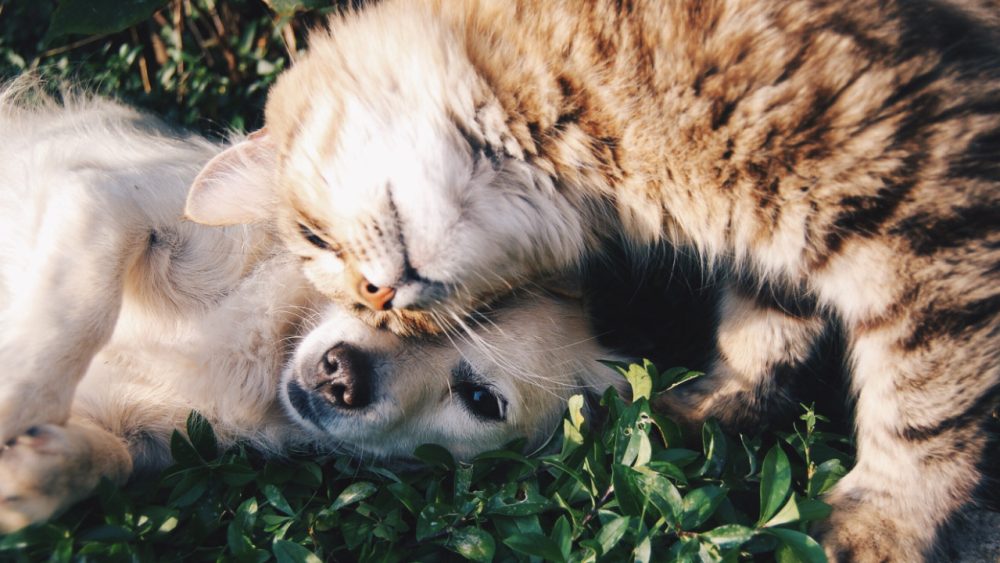Permethrin is an insecticide within the pyrethroid family. It is widely used in flea and tick control and is well known to be toxic to cats. Unfortunately this is a commonly reported poisoning in cats.
What are the signs of permethrin toxicity?
Permethrin toxicity in cats is characterised by tremors, seizures, high body temperature, salivation, difficulty walking, dilated pupils, and death.
What causes cats to get permethrin toxicosis?
Cats are sensitive to permethrin’s, so high concentrations (such as present in some dog flea or tick spot ons, about 40%) will cause toxicity. Many flea sprays, powders and shampoos typically contain low concentrations of pyrethroids ( <1%), which is unlikely to cause toxicosis in cats.
There are two main scenarios:
- A spot on product for dogs, is directly applied to the cat (most common cause)
- Secondary exposure by coming into contact with a dog that just had the spot on applied such as through grooming and/or shared bedding (less common cause).
What do I do if I applied a dog spot on to my cat, and they are not showing any signs of toxicity?
- Bathe your kitty in warm water with mild liquid dishwashing detergent to remove topically applied products. Repeat the wash. Rinse them thoroughly in warm water. Don’t allow them to get cold.
- Call your veterinarian immediately for advice.
What do I do if I applied a dog spot on to my cat, and they are showing signs of toxicity- tremors/shaking etc?
The signs need to be managed immediately so head straight to your local veterinarian, call them to let them know you are on the way.
Prevention is best, so:
- Use dog products on dogs and cat products on cats.
- Read all product labels and use exactly according to instructions
- When you have cats and dogs together in your home and you’ve used a permethrin product for dogs, keep them separated for 2-3 days.


Comments are closed.